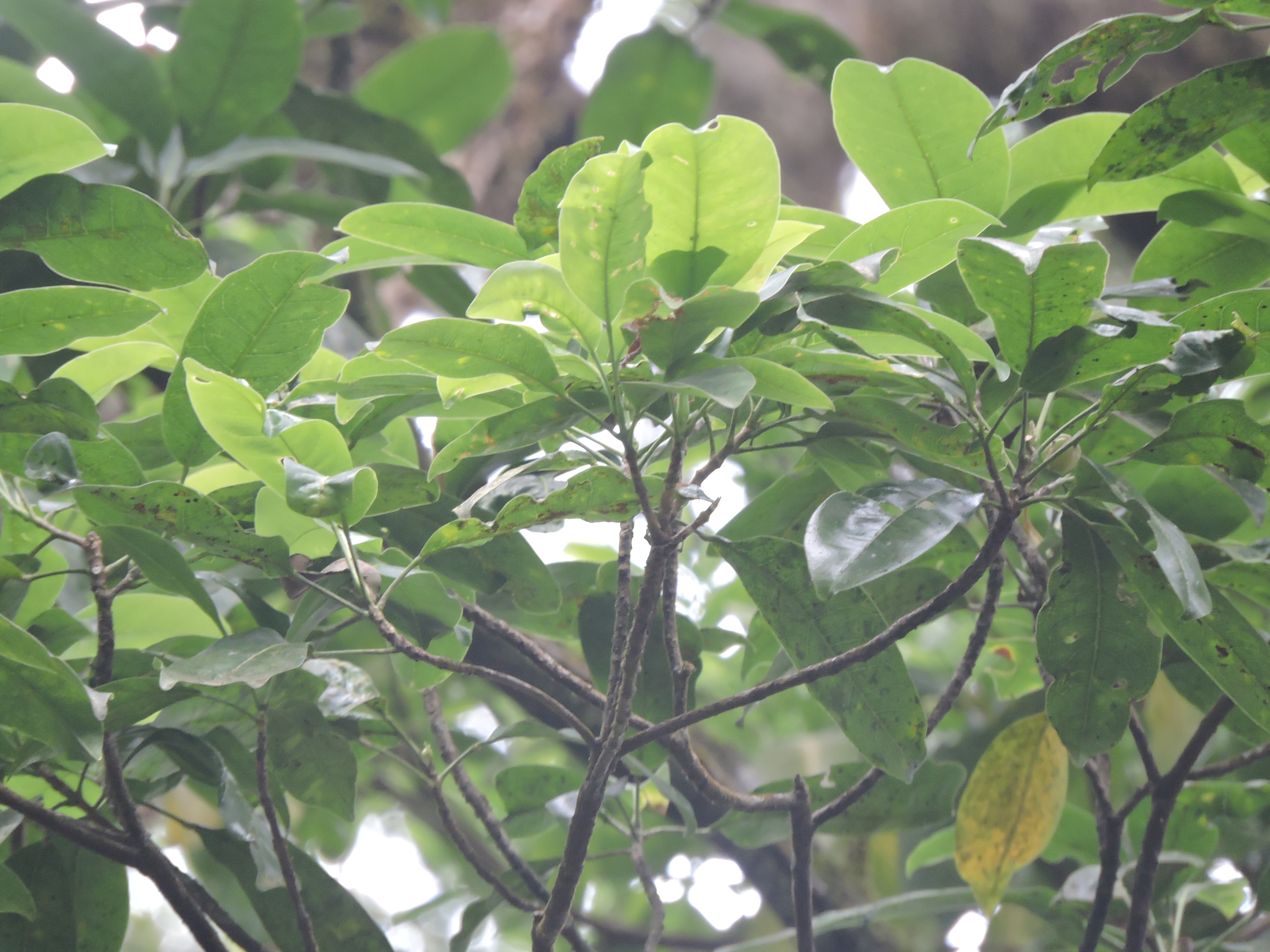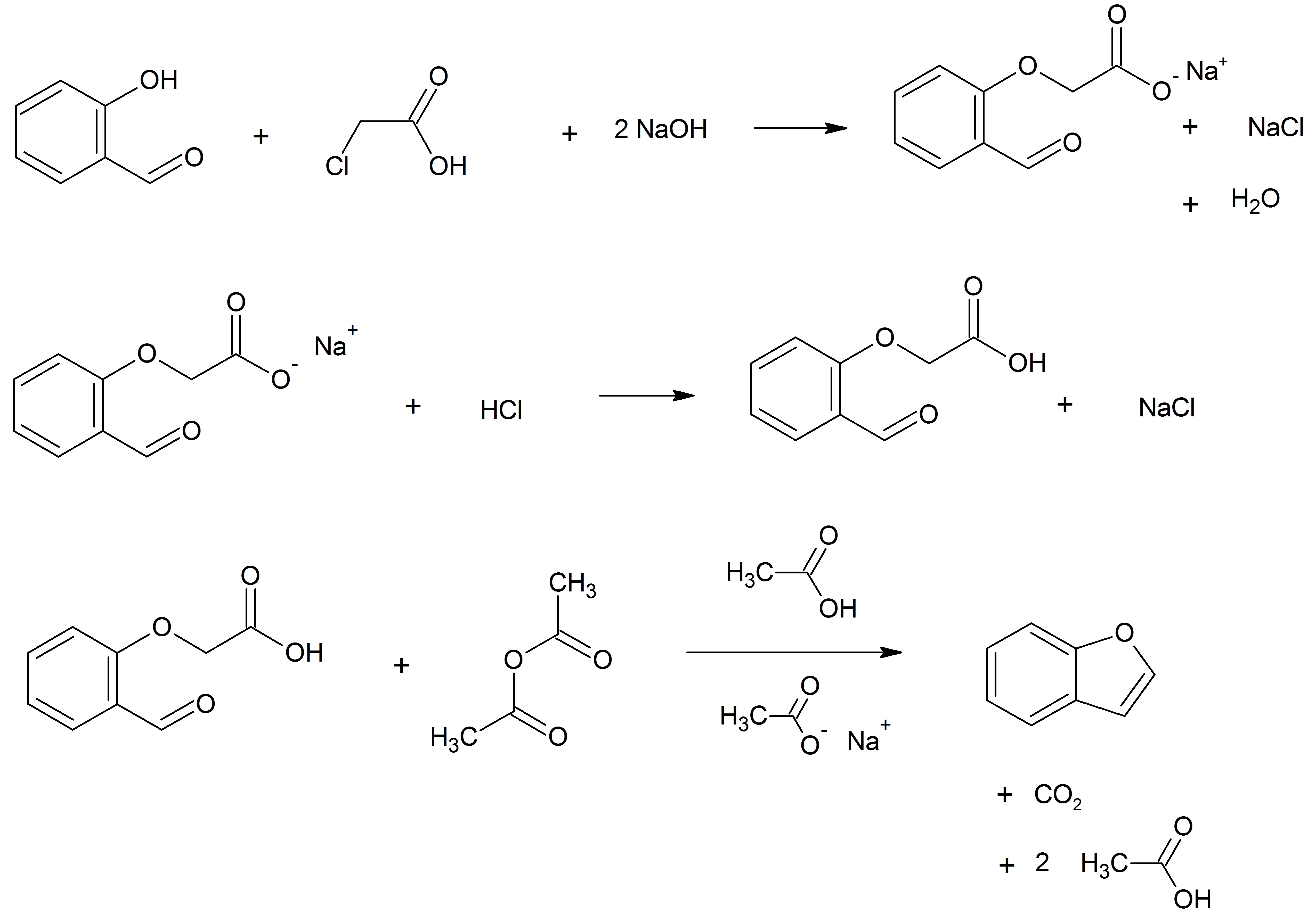|
Lakawood
Lakawood, or laka wood ( ms, kayu laka), is a reddish aromatic heartwood used as incense in China, India and South East Asia. It also had a number of other uses in the past, for example as a dye and for medicinal purposes. The name lakawood can refer to the wood of different plants, such as ''Acronychia pedunculata'', ''A. Laurifolia'', and in particular, ''Dalbergia parviflora'' found in South East Asia. Historically it was one of the most commonly-traded commodities of South East Asia in the trade between China and South East Asia from the Song dynasty onwards, possibly earlier. Names The lakawood of ''Dalbergia parviflora'' is a product of the Malay peninsula and archipelago, and its native name in Malay is ''kayu laka'' (literally "laka wood"), from which the words cayolaque and lakawood are derived. In old Javanese literature, the word ''"laka"'' was also used to denote a shade of red on cloth, and the word ''manglaka'' meant "processor of laka-wood dye", although the tree fro ... [...More Info...] [...Related Items...] OR: [Wikipedia] [Google] [Baidu] |
Dalbergia Parviflora
''Dalbergia parviflora'' is a species of liana found in South East Asia. Its name is in Malay and Indonesian, in Thai, and in Vietnamese it is (''i.e.'' "small flowers" as in the scientific name). The heartwood of the plant is lakawood, an aromatic wood used for incense. The genus ''Dalbergia'' is placed in the subfamily Faboideae and tribe Dalbergieae; no subspecies are listed in the Catalogue of Life The Catalogue of Life is an online database that provides an index of known species of animals, plants, fungi, and microorganisms. It was created in 2001 as a partnership between the global Species 2000 and the American Integrated Taxonomic In .... References Bentham G (1860) ''J.Proc.Linn.Soc.,Bot.4(suppl.):1-134 Synopsis...Dalbergieae'' Phạm Hoàng Hộ (1999) ''Cây Cỏ Việt Nam: an Illustrated Flora of Vietnam'' vol. I publ. Nhà Xuẩt Bản Trẻ, HCMC, VN. External links * {{Taxonbar, from=Q15531989, from2=Q15531876 parviflora Flora of Indo-China ... [...More Info...] [...Related Items...] OR: [Wikipedia] [Google] [Baidu] |
Acronychia Pedunculata
''Acronychia pedunculata'' is a large shrub or small tree of the understory, gaps and fringes of low country and lower hill tropical forests of tropical Asia. Description Leaves: elliptic to suboblong, often with tapered base. Twigs more or less angular, glabrous. Flowers: greenish white; I-acillary, corymbose panicles, about across in inflorescences of wide. Flowering: February–April, July–August. The fruits are cream to brownish yellow drupes, slightly angled, in diameter with a short apiculate tip. Leaves and fruits, and other parts of the plant, contain aromatic oils with a resinous scent. In Sri Lanka, the flowering time is February–April and July–August. Distribution South and Southeast Asia from India & Sri Lanka to South China & Taiwan, Indochina, Malesia & Papua New Guinea. Local names * * * Nepali: Paolay * Assamese: Laojan * Tamil & Malayalam: Mutta-nari Uses Extracts of its leaves, bark, stems and fruits are widely used in herbal medicinal ap ... [...More Info...] [...Related Items...] OR: [Wikipedia] [Google] [Baidu] |
Java
Java (; id, Jawa, ; jv, ꦗꦮ; su, ) is one of the Greater Sunda Islands in Indonesia. It is bordered by the Indian Ocean to the south and the Java Sea to the north. With a population of 151.6 million people, Java is the world's List of islands by population, most populous island, home to approximately 56% of the Demographics of Indonesia, Indonesian population. Indonesia's capital city, Jakarta, is on Java's northwestern coast. Many of the best known events in Indonesian history took place on Java. It was the centre of powerful Hindu-Buddhist empires, the Islamic sultanates, and the core of the colonial Dutch East Indies. Java was also the center of the History of Indonesia, Indonesian struggle for independence during the 1930s and 1940s. Java dominates Indonesia politically, economically and culturally. Four of Indonesia's eight UNESCO world heritage sites are located in Java: Ujung Kulon National Park, Borobudur Temple, Prambanan Temple, and Sangiran Early Man Site. ... [...More Info...] [...Related Items...] OR: [Wikipedia] [Google] [Baidu] |
Malay Peninsula
The Malay Peninsula (Malay: ''Semenanjung Tanah Melayu'') is a peninsula in Mainland Southeast Asia. The landmass runs approximately north–south, and at its terminus, it is the southernmost point of the Asian continental mainland. The area contains Peninsular Malaysia, Southern Thailand, and the southernmost tip of Myanmar (Kawthaung). The island country of Singapore also has historical and cultural ties with the region. The indigenous people of the peninsula are the Malays, an Austronesian people. The Titiwangsa Mountains are part of the Tenasserim Hills system and form the backbone of the peninsula and the southernmost section of the central cordillera, which runs from Tibet through the Kra Isthmus, the peninsula's narrowest point, into the Malay Peninsula. The Strait of Malacca separates the Malay Peninsula from the Indonesian island of Sumatra, and the south coast is separated from the island of Singapore by the Straits of Johor. Etymology The Malay term ''Tanah Me ... [...More Info...] [...Related Items...] OR: [Wikipedia] [Google] [Baidu] |
Daoyi Zhilüe
''Daoyi Zhilüe'' () or ''Daoyi Zhi'' () which may be translated as ''A Brief Account of Island Barbarians'' or other similar titles, is a book written c. 1339 (completed c. 1349) by Yuan Dynasty Chinese traveller Wang Dayuan recounting his travels to over a hundred places in South Asia, Southeast Asia, and Africa. The book was written in present-day Sri Lanka. It described the weather, products, people, and customs of the places that Wang Dayuan visited. The timeline for Wang Dayuan's life and travels is: *1311 - born *1330 - sailed for the first time from Quanzhou *1334 - returned to Yuan Dynasty *1337 - sailed for the second time from Quanzhou *1339 - returned to Yuan Dynasty Content of the book (known as ''Dao Yi Zhu'') was originally an appendix in a local gazetteer ''Qing Yuan Xu Zhi'' ( 清源续志, ''A Continuation of the History and Topography of Quanzhou)'' composed by Wu Jian in 1349. According to the Yuan poet Zhang Zhu, ''Daoyi Zhilüe'' was re-published in 1350 as ... [...More Info...] [...Related Items...] OR: [Wikipedia] [Google] [Baidu] |
Nanfang Caomu Zhuang
The (c. 304 CE) ''Nanfang caomu zhuang'' (南方草木狀 ''Plants of the Southern Regions''), attributed to the Western Jin dynasty scholar and botanist Ji Han (嵇含, 263-307), is a Flora describing the plants of Nanyue and Jiaozhi, present-day South China and northern Vietnam. The ''Nanfang caomu zhuang'' is the oldest work extant in any language on subtropical botany. The book contains the first descriptions of several economic plants, for instance jasmine and black pepper, as well as the earliest accounts of some agricultural techniques such as biological pest control (using "citrus ants" to protect orange crops), and the cultivation of vegetables on floating gardens (centuries before the earliest recorded Mesoamerican ''chinampa''). Since 1273, when the ''Nanfang caomu zhuang'' was first printed in the Song dynasty, it was frequently quoted by Chinese authors, both in literature and technical books on horticulture, agriculture, and Chinese herbology. Since the 19 ... [...More Info...] [...Related Items...] OR: [Wikipedia] [Google] [Baidu] |
Neoflavonoids
Neoflavonoids are a class of polyphenolic compounds. While flavonoids (in the narrow sense) have the 2-phenylchromen-4-one backbone, neoflavonoids have the 4-phenylchromen backbone with no hydroxyl group substitution at position 2. Types Neoflavonoids include 4-arylcoumarins (neoflavones), 4-arylchromanes, dalbergiones and dalbergiquinols. * Neoflavones are derived from the 4-phenylcoumarin (or 4-aryl-coumarin) backbone (C15H12O2). The first neoflavone isolated from natural sources was calophyllolide from ''Calophyllum inophyllum'' seeds (1951). It is also known to found in bark and timber of Sri Lankan endemic plant ''Mesua thwaitesii''. * Neoflavenes possess the 4-phenylchromen backbone (C15H10O2). Dalbergichromene, extracted from the stem-bark and heartwood of ''Dalbergia sissoo'', is an example of such compounds Other examples * Coutareagenin (5-hydroxy-7-methoxy-4-(3,4-dihydroxyphenyl)-2H-benzo-1-pyran-2-on) found in ''Hintonia latiflora'' * Dalbergin * Nivetin isolated f ... [...More Info...] [...Related Items...] OR: [Wikipedia] [Google] [Baidu] |
Benzofurans
Benzofuran is the heterocyclic compound consisting of fused benzene and furan rings. This colourless liquid is a component of coal tar. Benzofuran is the "parent" of many related compounds with more complex structures. For example, psoralen is a benzofuran derivative that occurs in several plants. Production Benzofuran is extracted from coal tar. It is also obtained by dehydrogenation of 2-ethylphenol. Laboratory methods Benzofurans can be prepared by various methods in the laboratory. Notable examples include: *''O''-alkylation of salicylaldehyde with chloroacetic acid followed by dehydration (cyclication) of the resulting ether and decarboxylation. *Perkin rearrangement, where a coumarin is reacted with a hydroxide: : *Diels–Alder reaction of nitro vinyl furans with various dienophiles: : Diels–Alder reaction yielding a substituted benzofuran, 450px * Cycloisomerization of alkyne ortho-substituted phenols: : Benzofurans via Cycloisomerization, 400px Related compou ... [...More Info...] [...Related Items...] OR: [Wikipedia] [Google] [Baidu] |
Furfurol
Furfuryl alcohol is an organic compound containing a furan substituted with a hydroxymethyl group. It is a colorless liquid, but aged samples appear amber. It possesses a faint odor of burning and a bitter taste. It is miscible with but unstable in water. It is soluble in common organic solvents. Synthesis Furfuryl alcohol is manufactured industrially by hydrogenation of furfural, which is itself typically produced from waste bio-mass such as corncobs or sugar cane bagasse. As such furfuryl alcohol may be considered a green chemical. One-pot systems have been investigated to produce furfuryl alcohol directly from xylose using solid acid catalysts. Reactions It undergoes many reactions including Diels-Alder additions to electrophilic alkenes and alkynes. Hydroxymethylation gives 1,5-bis(hydroxymethyl)furan. Hydrolysis gives levulinic acid. Upon treatment with acids, heat and/or catalysts, furfuryl alcohol can be made to polymerize into a resin, poly(furfuryl alcohol). Hydrogenat ... [...More Info...] [...Related Items...] OR: [Wikipedia] [Google] [Baidu] |
Farnesol
Farnesol is a natural 15-carbon organic compound which is an acyclic sesquiterpene alcohol. Under standard conditions, it is a colorless liquid. It is hydrophobic, and thus insoluble in water, but miscible with oils. Farnesol is produced from 5-carbon isoprene compounds in both plants and animals. Phosphate-activated derivatives of farnesol are the building blocks of possibly all acyclic sesquiterpenoids. These compounds are doubled to form 30-carbon squalene, which is the precursor for steroids in plants, animals, and fungi. Farnesol and its derivatives are important starting compounds for natural and artificial organic synthesis. Uses Farnesol is present in many essential oils such as citronella, neroli, cyclamen, lemon grass, tuberose, rose, musk, balsam, and tolu. It is used in perfumery to emphasize the odors of sweet, floral perfumes. It enhances perfume scent by acting as a co-solvent that regulates the volatility of the odorants. It is especially used in lilac perfume ... [...More Info...] [...Related Items...] OR: [Wikipedia] [Google] [Baidu] |
Nerolidol
Nerolidol, also known as peruviol and penetrol , is a naturally occurring sesquiterpene alcohol. A colorless liquid, it is found in the essential oils of many types of plants and flowers. There are four isomers of nerolidol', which differ in the geometry about the internal double bonds, but most applications use such a mixture. The aroma of nerolidol is woody and reminiscent of fresh bark. It is used as a flavoring agent and in perfumery as well as in non-cosmetic products such as detergents and cleansers. Nerolidyl derivatives involve include nerolidyl diphosphate and the fragrance nerolidyl acetate. Synthesis and occurrence Nerolidol is produced commercially from geranylacetone by the addition of vinyl Grignard reagent. It is used as a source of farnesol, vitamin E, and vitamin K1. Significant sources of natural nerolidol is Cabreuva oil and the oil of ''Dalbergia parviflora''. It is also present in neroli, ginger, jasmine, lavender, tea tree, ''Cannabis sativa'', and lemon ... [...More Info...] [...Related Items...] OR: [Wikipedia] [Google] [Baidu] |
_naast_luciferdoosje_TMnr_10006244.jpg)

